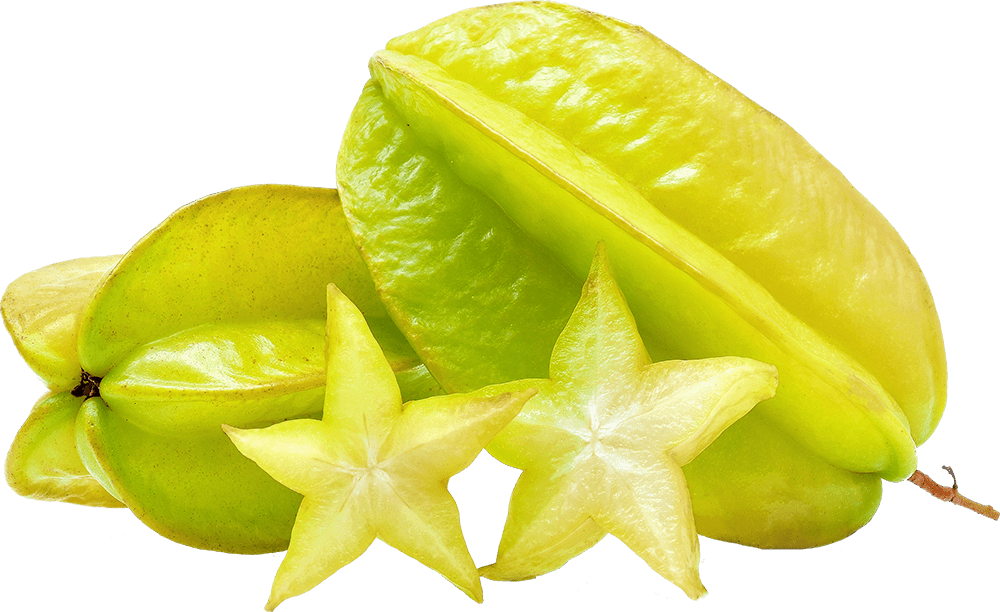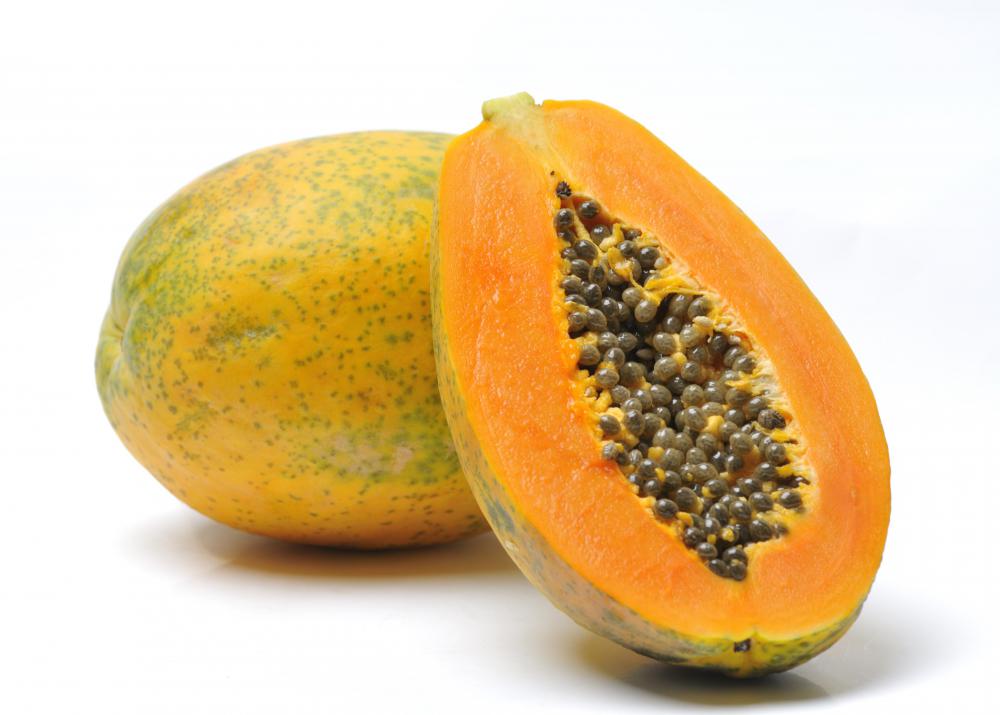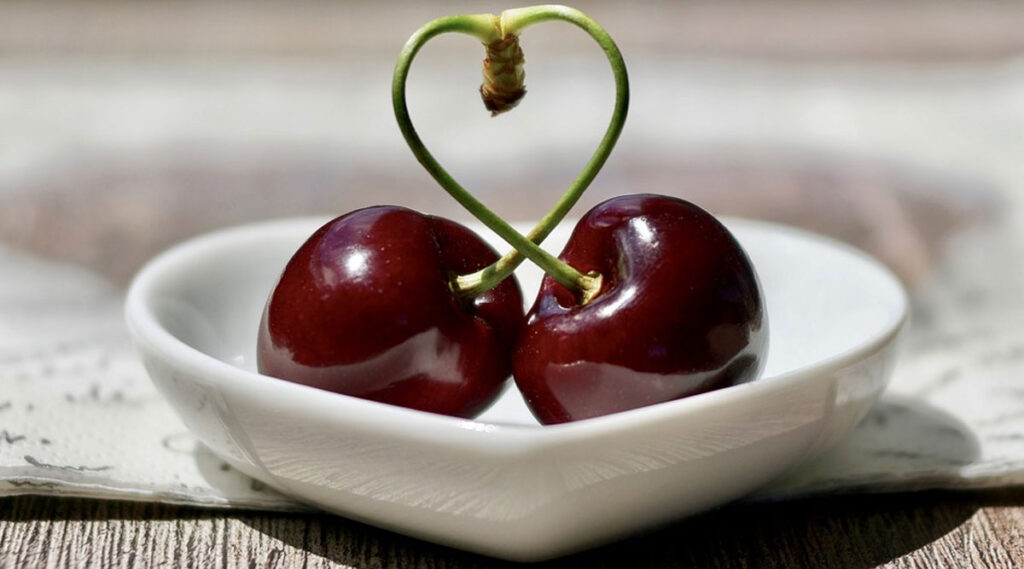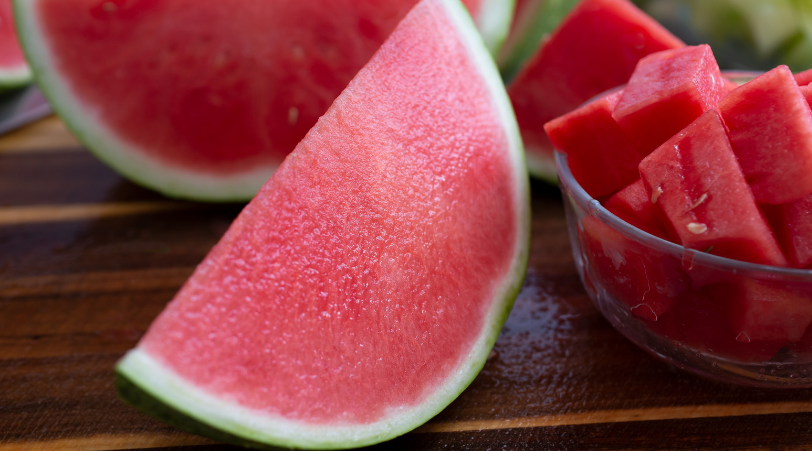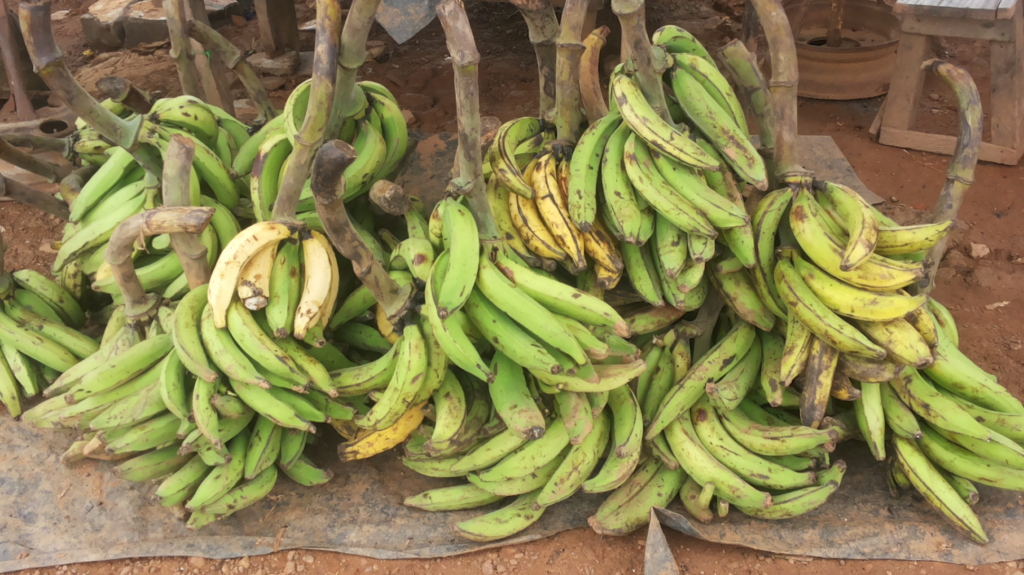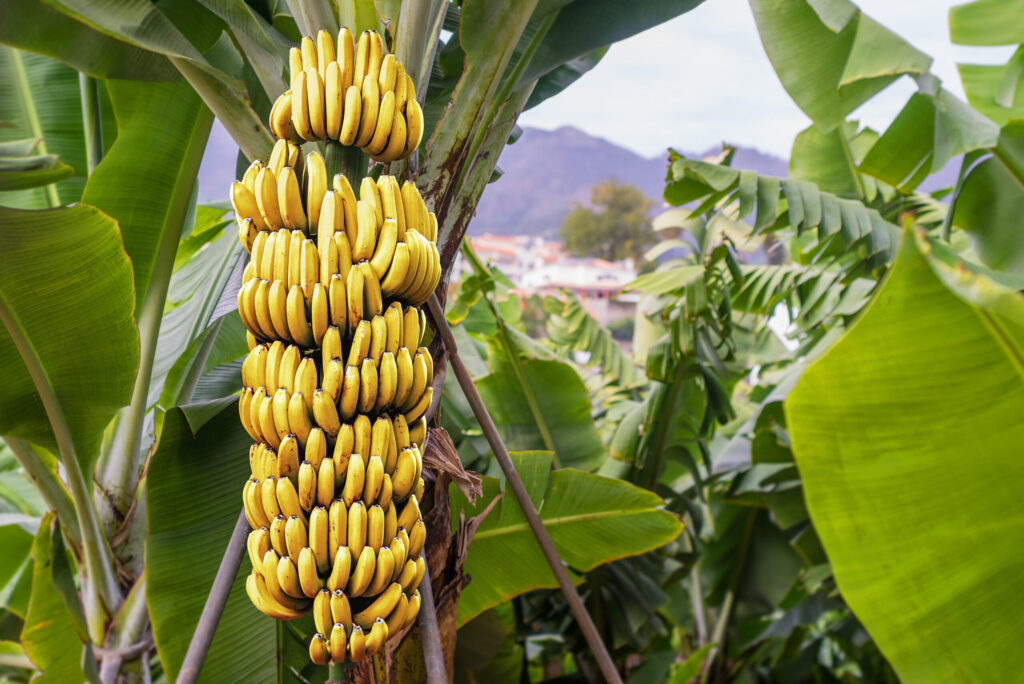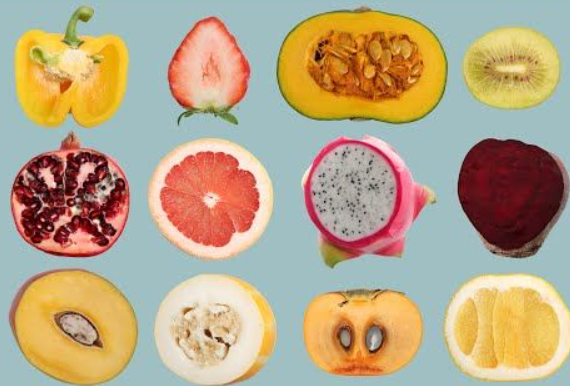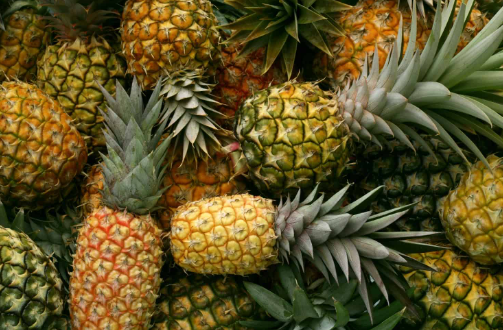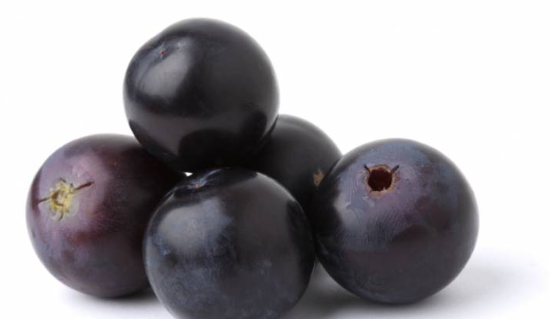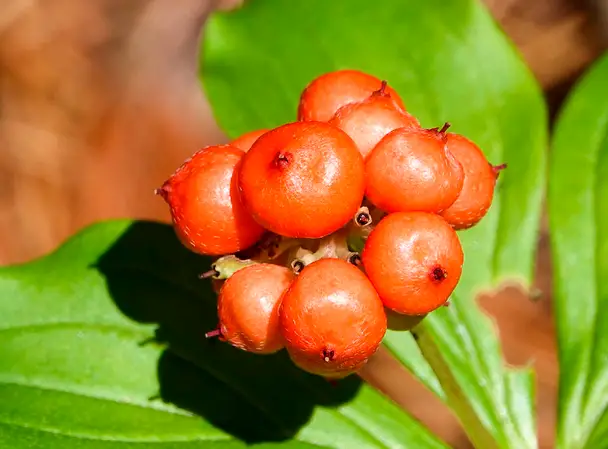Plantains are beloved in various parts of the world and form an essential part of diets in many regions. They can be cooked in different ways, like boiling, frying, smashing, and baking. Plantains are not all the same; there are several types with distinct features and culinary purposes.
Table of Contents
Categories of Plantains
We have four primary categories of plantains which are: French, French Horn, False Horn, and Horn.
| Variety of Plantain | Cluster Type | Shape of Fruit | Size of Fruit | Color of Fruit | Taste/Texture |
|---|---|---|---|---|---|
| French | Clusters | Long | Medium | Green to Black | Gently Sweet |
| French Horn | Horn | Long | Big | Green to Black | Slightly Sweet |
| False Horn | Horn | Short and Curved | Big | Green to Black | Mildly Sweet, Starchy |
| Horn | Horn | Very Long | Very Big | Green to Black | Less Sweet, Starchy |
1. The French Plantain
The French plantain is very common and tends to be shorter and thicker compared to others. It starts out green but becomes black as it ripens. It’s quite sweet and soft, which makes it very good for cooking.
Cooks often use French plantains in various dishes from Latin America and the Caribbean, such as tostones, mofongo, and arroz con pollo, by boiling, frying, smashing, or baking them.
2. The French Horn Plantain
French Horn plantains look a bit like French plantains but they’re longer and thinner. They turn black when ripe too. They are not as sweet and have a more solid texture.
These plantains are often used in recipes from Latin American and Caribbean cuisine, like crispy plantain chips, ceviche, and empanadas, by cooking them in various ways.
3. The False Horn Plantain
The False Horn variety is a bit like the French Horn but it has a bend to it. It’s also green and turns black when it’s ripe. It’s not as sweet as the French variety and has a firm, starchy feel.
In the kitchen, False Horn plantains are versatile and can be used in savory Latin American and Caribbean meals, such as plantain soup, plantain dumplings, and crispy plantain fritters.
4. The Horn Plantain
Out of all plantains, Horn plantains are the biggest and are known for their distinctive shape that looks like a horn. Green at first, they also become black over time. They have less sweetness and a good amount of starch, giving them a more solid texture.
People often include Horn plantains in their cooking, boiling, frying, smashing, or baking them to include in Latin American and African dishes like plantain porridge, plantain pie, and plantain tamales.
Cooking with Plantains
Plantains are flexible in cooking. They can be part of sweet or savory recipes, served boiled, fried, smashed, baked, or grilled.
They are essential in Latin American and African kitchen traditions, appearing in stews, soups, and big dishes. They are a good replacement for potatoes or similar starchy veggies.
To cook plantains, you have to peel them using a knife. Then cut them into pieces, thin or thick based on what you’re making. You can have them boiled or steamed as a side, or fry them for a tasty snack or topping on dishes like rice and beans.
Plantains Across Cultures
Plantains are key in many world cuisines, especially in Latin American, African, Caribbean, and Southeast Asian food cultures. In the Caribbean, dishes like Jamaican ackee and saltfish feature plantains, and in places like Indonesia, you can find tasty plantain snacks like fritters.
In Conclusion
Plantains are a very versatile and healthy food that you can use in different ways. With four main types—French, French Horn, False Horn, and Horn—each has its own special qualities and ways it can be enjoyed. Whether you prefer Latin American, African, Caribbean, or Southeast Asian food, you’re likely to find a plantain dish that you will enjoy.
